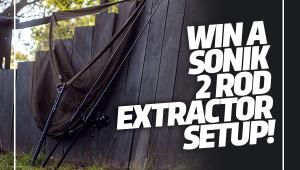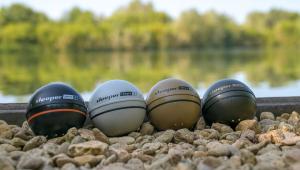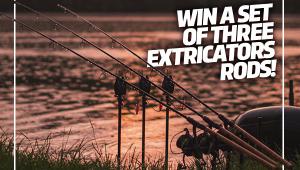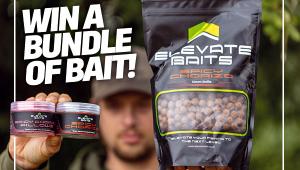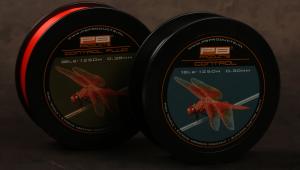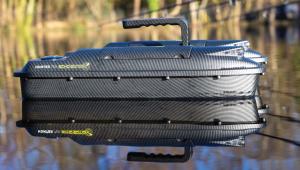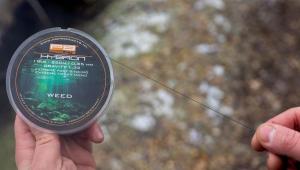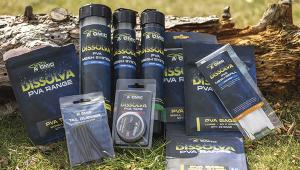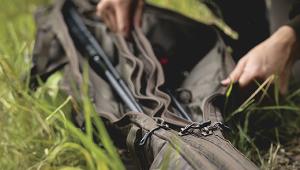Ian Russell On Solid Bag Fishing
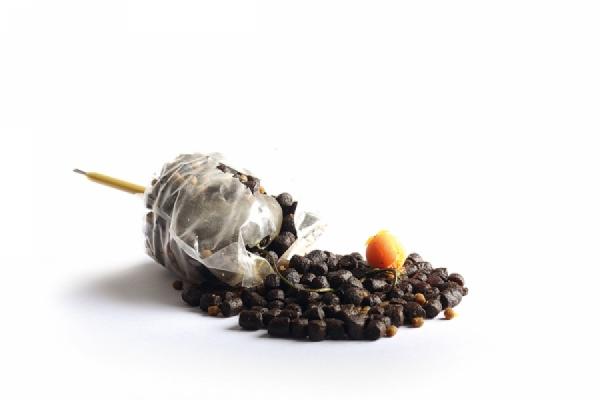
Quick-hit carping expert Ian Russell explains why you should be using solid PVA bags and shows you how to get the most from them.
Often perceived as a cast it anywhere rig, I would slightly disagree, although it is probably as close as any I have encountered. I have spoken to a fully licensed scuba diver, who has been underwater to investigate how this presentation fairs in deep silt. He has had to dig anywhere up to two feet into the soft substrate to get these rigs out, and although carp do like to root around this is not an effective method and will often remain engulfed in the stinky black stuff until you decide to reel it in and cast out once more.
I do understand that solid bag fishing is often seen as a laborious task. If it is wet or cold they can be fiddly and damn near impossible to tie. However, I don’t understand why more anglers don’t adopt this approach because they really can be among the most effective ways of getting a bite with just a handful of food. For the minute or two it takes for you to tie up a bag, think about the hour or two it will remain in the pond waiting for a pick-up.
Don’t be lazy and get ahead with just a little preparation and effort. To turn up at the lake prepped and ready to go, simply tie them up at home. This will save you fumbling around with wet or cold fingers and getting into a sticky mess when out on the bank. Utilising either a leader material or the Avid Carp Bag Stems, you can simply attach them to your main line quickly and easily, which is ideal when fishing higher stocked venues when adopting a speed fishing method. Refrain from soaking them in oil and you’ll ensure the contents won’t begin to dissolve the bag. There is nothing worse than opening your bucket lid to find a mush of solid bag mix and dissolved PVA in the bottom after spending an hour or two tying up plenty to make your session easier.
One thing to bear in mind when fishing with PVA of any description is to monitor the depth of water you are going to be fishing. Water temperature and depth will affect the breakdown time of the bag.
Killer Kit - 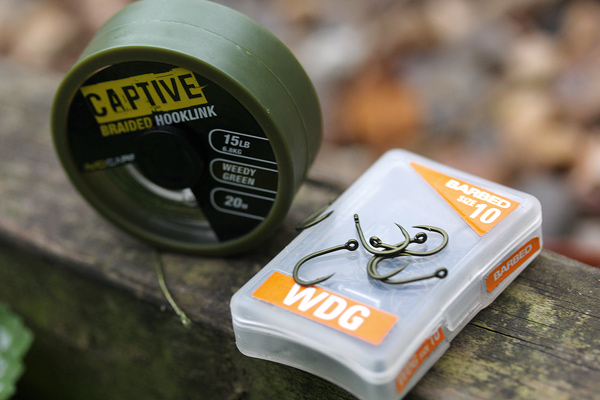
A supple braid and small, sharp hooks are essential for an effective solid bag presentation. A wide gape is the best pattern to use in conjunction with a pop-up!
For example, throughout the summer months, I will often double bag my mix. This prolongs the breakdown time long enough to ensure the rig is settled on the bottom before it begins to breakdown and release the attractive innards. It is also worth carrying a pot of oil or oil-based additive that matches your chosen freebies in summer to ensure that it won’t dissolve on the descent. When fishing solid bags in shallow water there is no need to double bag them but, as with any rig, always check one in the margins first to see how long you have got to play with until the PVA has fully dissolved. The last thing you want to do is chuck it out to your spot at, say, 12 feet and within a second or two the lead has picked up pace as the PVA melts and you are fishing a single short hook bait on a short hook link among a large scattering of pellets and crumb.
The contents of the bag are generally the same no matter what venue you will be fishing. The most important aspect here to remember is that your rod must be man enough to get it out there. You will, of course, be placing your lead, traditionally an inline setup, into the bag and then covering it with bait. This will make it a heavy item to cast out, so I tend to use a 2oz or 21/2oz lead and the end result will be around a 4oz to 5oz package. I have witnessed carp match anglers getting bags that are as compact as you like and probably just larger than a golf ball close to 200 yards. They fly much better than a lead with a rig trailing behind it. There is no point using your traditional sized lead then adding the bait and struggling to get a bag, which could weigh upwards of 6oz, into the pond. Unless you are using a spod rod you will struggle to get any real distance.
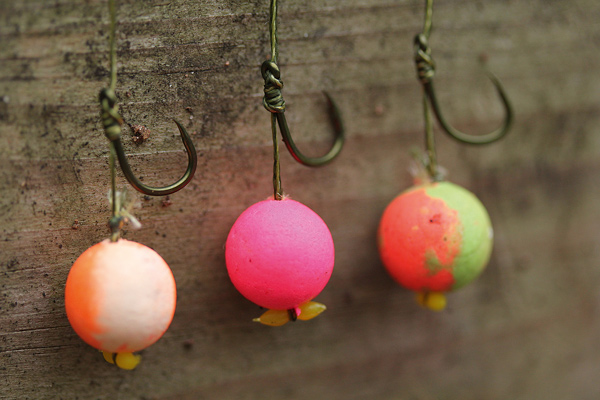
It does not get much simpler than these supple braid hair rigs, Tie up plenty in advance for when the action kicks in.
Equally, the size and weight of your bag will determine what substrate it will be best fished over. A smaller, lighter bag is better for the softer substrate, whereas you can get away with a heavier overall bag on firm patches of clay or gravel because they won’t sink in.
With regard to my rig, I always use a short 2in to 3in supple braided hook link material coupled with a strong yet small size 10 Wide Gape pattern. To this I will attach a small bright as you like pop-up on the traditional knotless-knot hair with a shot just under the bait. This helps to keep the hook flat on the bottom with a delicious bright bait hovering over the mix – a perfect inviting little parcel. Every mouthful should result in a take, so only give them a mouthful to play with at first.
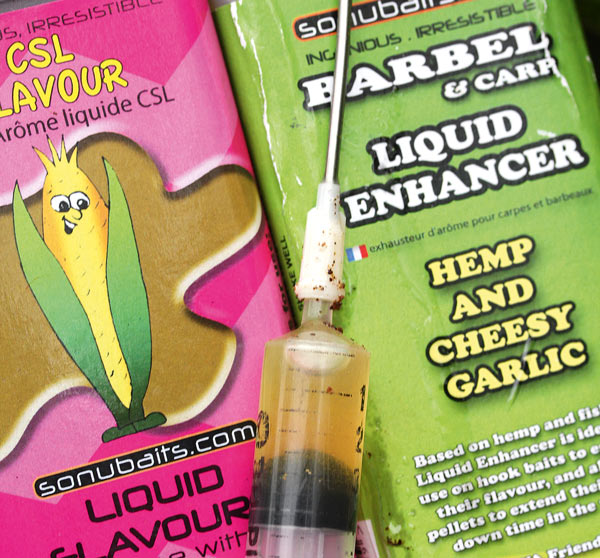
Boost your bags with just a small amount of liquid attraction
I choose between a drop-off inline system or a standard inline-lead system, depending on where I am fishing. If I were fishing weedy waters or somewhere I knew was home to a few underwater obstacles, it would definitely be a drop-off inline system. As soon as the fish picks up the bait and feels the lead, a simple shake of its head and the lead comes off. This leaves me with a direct link to the carp without any lead to get plugged in underwater vegetation.
A lot of my fishing in the past was generally on featureless heavily stocked waters, and if I knew for sure there were no real snaggy obstacles I would keep with a traditional inline lead. I am a great believer that if I don’t need to drop the lead for the carp’s safety then I won’t. Leads cost money and I believe they do not need to be dropped just for the sake of it, only when it is vital for me to land a fish or of course for the fish’s welfare.
Top Tip -
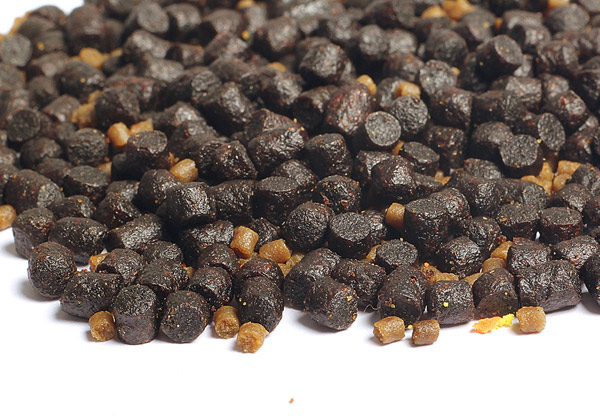
Keep a bucket dedicated to your dry PVA bag mix and keep made up bags in the mixture to prevent them getting moist.
The bag mix, as it is known, is completely up to you and your preference. A quick walk into your local tackle shop and you will be amazed at the amount of groundbait, dedicated stick and bag mixes and small 2mm to 4mm pellets that are available. The smaller pellets are much better than the larger varieties because they can be compressed down, reducing the size and amount of air in your bag. A small solid bag is best for casting and will sink quickly, which is perfect for an effective approach as opposed to a large bag full of space and air. Simply grinding and crushing boilies you have been using throughout the season into crumb makes a great highly attractive, cost-effective bag mix that can be compressed down beautifully.
My mix consists of Sonubaits Hemp ‘N’ Hali Crush, 2mm and 4mm S-Pellets. I tend to use this year round and will also take a large syringe to inject oils directly into the bag. The pike and predator-type needles and syringes are ideal because the thicker needle is not only safe but won’t get clogged up when pulling viscous liquids through it. There is no need to go crazy when pumping them with an oil-based attractor. A small amount will ensure it releases as soon as the PVA melts. Equally, a little inside will not prevent the bag dissolving like dipping the outside in oil would.
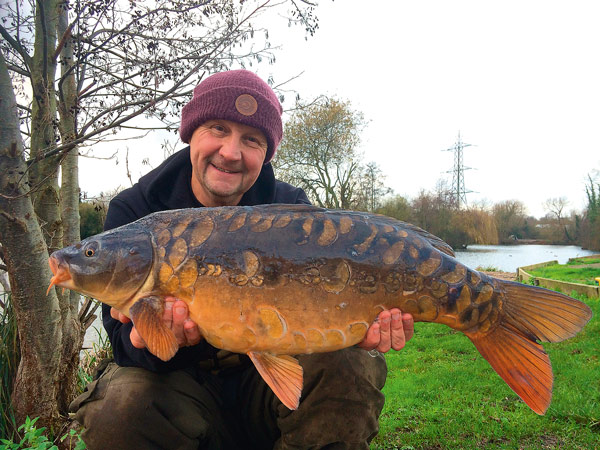
A Farlows mirror that took a liking to Ian's solid bag approach
Another reason I love solid bag fishing is the fact that it allows you to get a baited rig tucked under snags and far-margin overhangs, even up close to islands, without the risk of getting your rig caught up in any spindly vegetation. Because your rig is concealed with ease, these bags can be put just about anywhere safe in the knowledge that they will be presented.
Killer Kit -
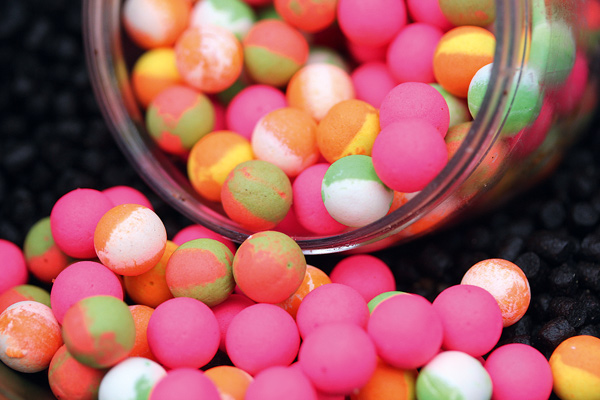
It is clear to see why Ian has faith in bright little pop-ups. Designed to stick out and grab carp's interest these new test pop-ups will be available shortly from Sonubaits
On a feature a few months back, I watched as Dan Murrell put a solid bag straight on top of an island just to look at me, wink and pull the bag on a tight line, off the island right into the margin. As much as I laughed, sure enough, that was the rod that produced the goods for him that day. Sometimes getting as tight as you can is all it takes and this method lends itself perfectly to that approach.
Venue File -

Farlows Lake - A prestigious complex suitable for anglers of all experience complete with cafe, toilets and tackle shop -
Tel: 01753 630302
Web: www.Farlowslake.co.uk
So give it a go. Keep them tight and compact, chose a bright hook bait and recast regularly, you may just surprise yourself.
Step-By-Step - Ian's Solid PVA Bag
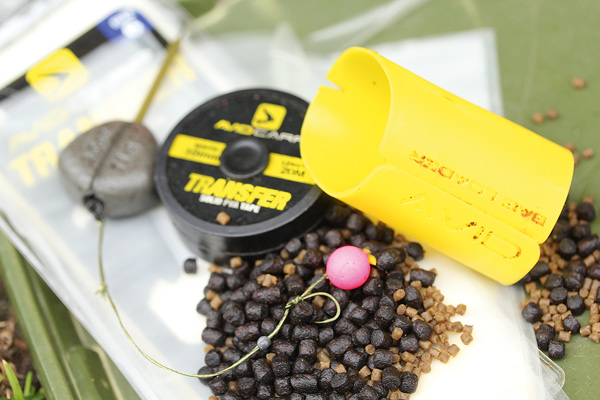
You will need an Avid Transfer loading kit, a baited supple hook link and lead setup PVA bag mix and PVA tape
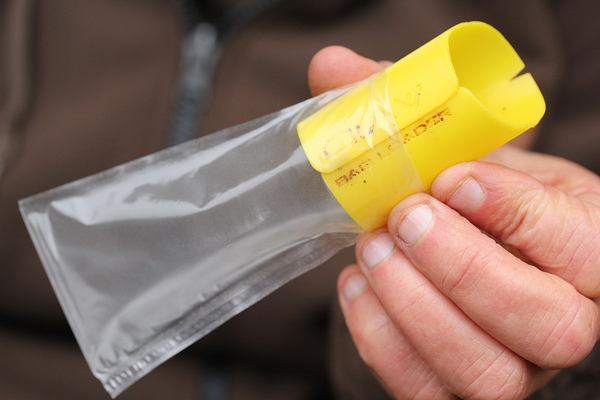
Firstly insert the bag loader into your chosen PVA bag to open it neatly without splitting the seams
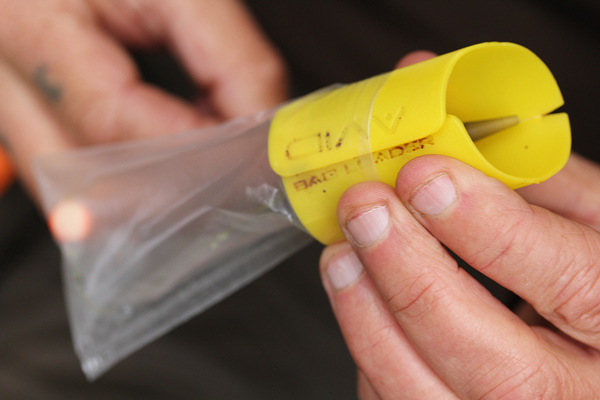
Now it is time to carefully load your hook link into the bottom of the bag, keeping the lead within the loader
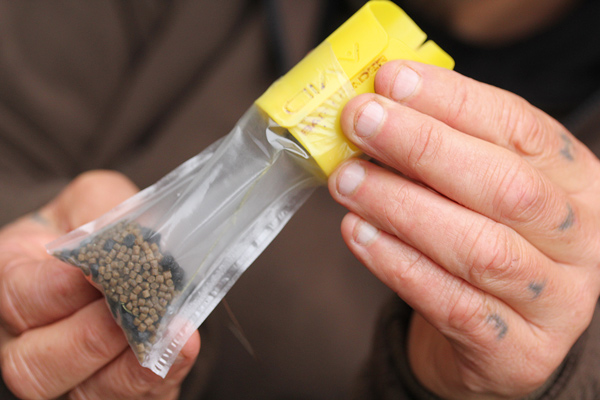
Cover your hook and hook bait with a small amount of the mix to ensure your hook link is not tangled
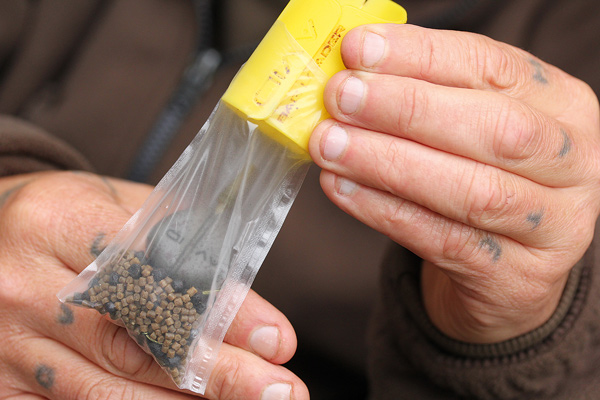
Drop the lead gently onto the mix and cover it with more mix ensuring the lead remains central in the bag
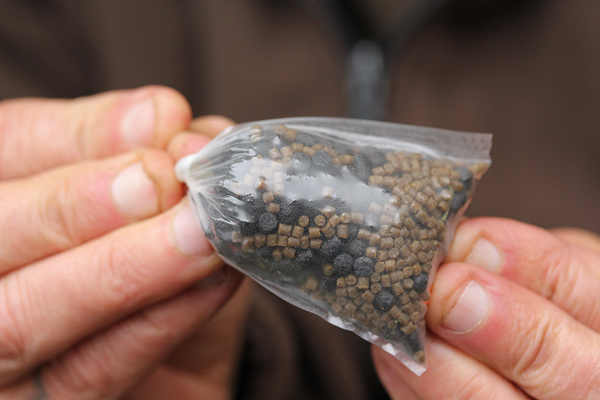
Fill the bag two-thirds to the top leaving enough bag to twist. This will help you to compact the bag
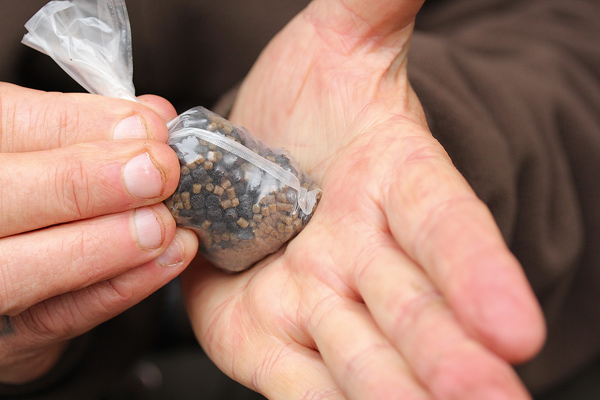
Continue to twist the bag down and tamp it on your palm to really compress the contents
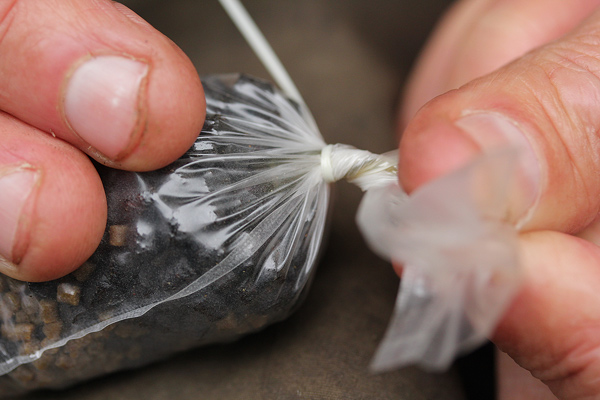
Taking a length of PVA tape begin to tie off the bag as tight to the mix as possible to ensure most of the air is out
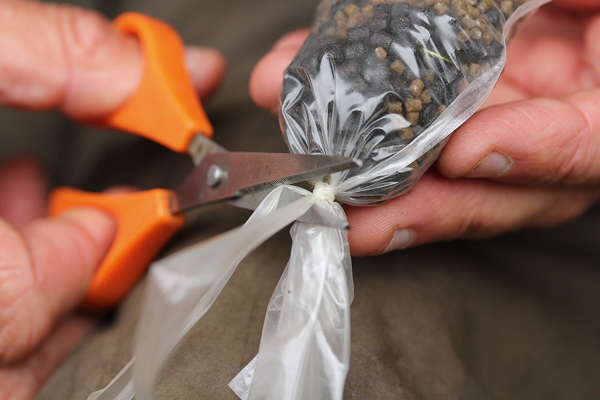
Trim the PVA tape and remaining PVA bag down to give a compact neat little package
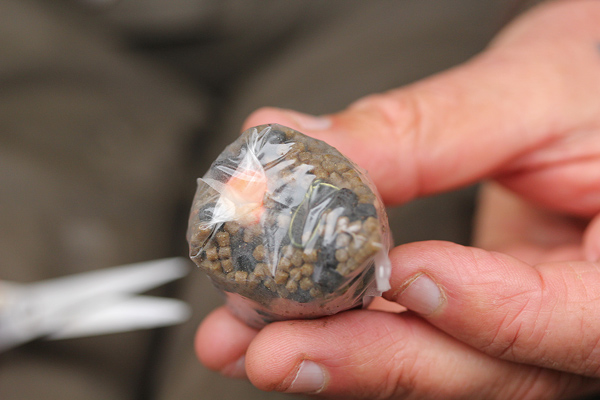
Push the corners in and with a small amount of saliva make edges flush to form more of a ball-like shape

Taking care and using a syringe and needle, extract your chosen oil liquid additive
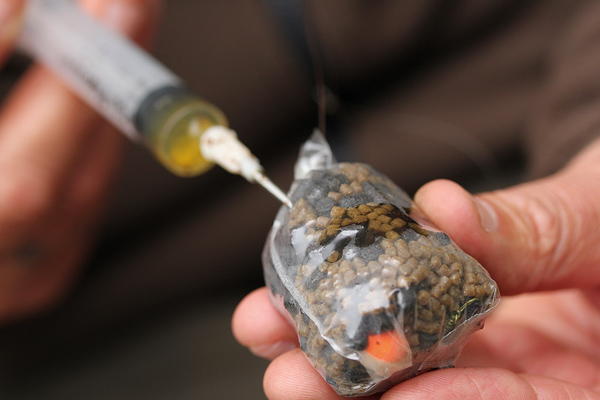
Lastly inject your chosen liquid into the bag. A small amount will sufice and then you are ready to go!
GET YOUR PVA BAGES HERE
- Log in or register to post comments

